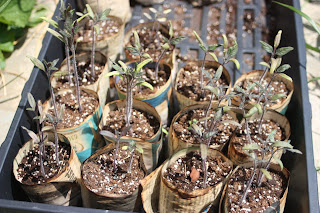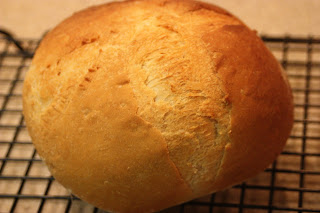Wow, how time gets away from us these days. If there is a busier time of year than Spring for us, it's definitely Autumn. One of the big projects I had been planning for ages was to brew a batch of hard cider from scratch. As I watched the apples ripen this summer I finally took action.
The most important piece of the process was to procure a press. With a limited budget and a DIY spirit I planned out a simple press made from common hardware store items. One thing I realized pretty quickly is that there is more than one way to crush an apple. In the States we usually see cider presses made from a barrel of wood slats inside a cast iron frame. This design clearly didn't lend itself to our budget or abilities. The more exciting cider press design is the sort used widely in the UK. It is basically two boards with a bag of apple pulp in between. For around $50 I was able to gather the needed pieces to throw together a plywood and 2x4 bottle jack powered cider press.
Note: The plywood I used is made from oak. I've read using pine can hurt the flavor of the cider.
After collecting two large shopping bags full of apples from our aging, unhealthy, unidentified apple tree, we were in business.
With the help of a couple of friends we crushed the apples in a bucket using the advanced "log jamming" technique (similar to the process employed by Native Americans to crush corn). Once crushed the apple pulp was put in a nylon mesh bag (the sort used to filter wine grapes). The squeezing process was started and continued until the 2x4s gave creaking and popping sounds that let us know the maximum pressure had been reached.
We pasteurized the raw cider just because we're sissies. We then pitched some cheap Nottingham Ale Yeast that was laying around in the fridge. The result was a slightly sour but intoxicating dry cider. While not a great brew, I suspect the final result had more to do with the poor quality of the apples and yeast selection than with the process or equipment. Though I'm completely satisfied with our efforts, it's a shame we will probably have to wait another year before we can experiment further.
Eisbein, German Ham Hocks
1 week ago












































